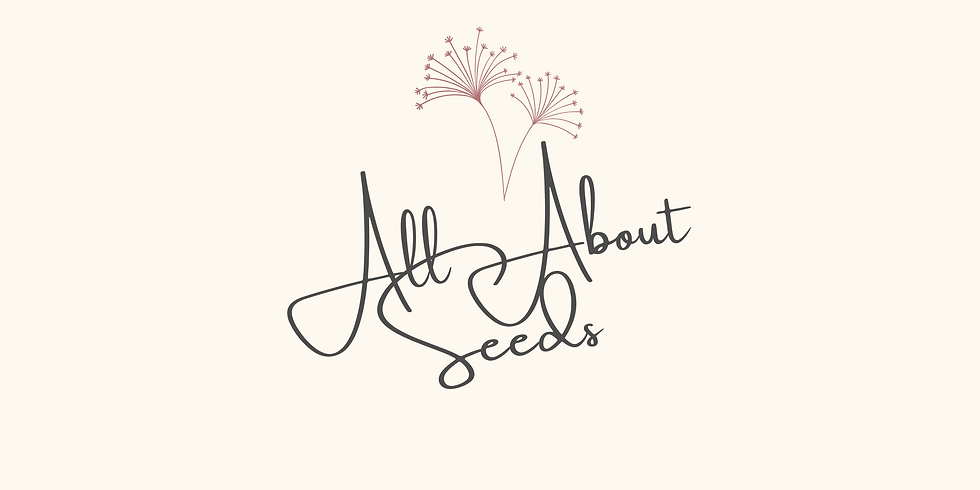Let me tell you . . .
- Shawna Hemphill & Julie Walsh

- Apr 28, 2022
- 2 min read

Most plants begin life as seeds - the embryonic stage of the plant life cycle. Plants form their seeds inside flowers or cones. In flowering plants, a fruit often surrounds the seeds.
Features
Seeds consist of three parts: embryo, endosperm, and seed coat. Inside each seed is a miniature plant, called an embryo, that can develop into a fully grown plant. The outer shell of a seed, called a seed coat, protects the embryo. Inside the seed is a nutritious material that provides food to the embryo. In flowering plants this material is called endosperm.

Germination
When conditions are right, the seed starts taking in water and grows until the coat splits apart. The seed is then exposed to the air. The oxygen in the air helps the baby plant consume the food packed inside the seed. Much like humans, consuming the food produces energy and the baby plant uses that energy to grow. The root begins to grow downward, and the stem begins to curl upward.
How Seeds Travel
There are many ways seeds travel. Birds and other animals often eat fruits and vegetables with seeds that aren’t digested – these undigested seeds drop to the ground and make new plants. Some seeds are carried to new places by the wind – you’ve surely helped this process by blowing dandelions seeds! Some catch on an animal’s hair or hiker’s socks and are carried elsewhere.

Learn More
On Friday May 6th, we invite Members to join us for our First Friday Fire – All About Seeds! We’ll also take a night hike and roast marshmallows around the campfire. You can register for this event on our website. And if you’re not a member already, that’s no problem – you can join today.



Comments